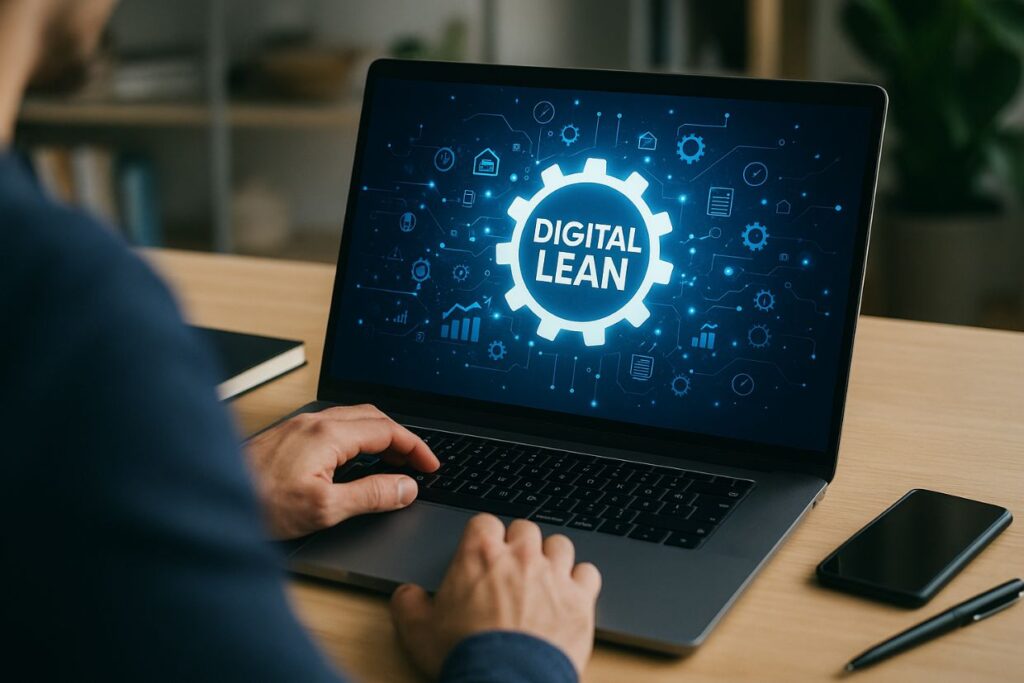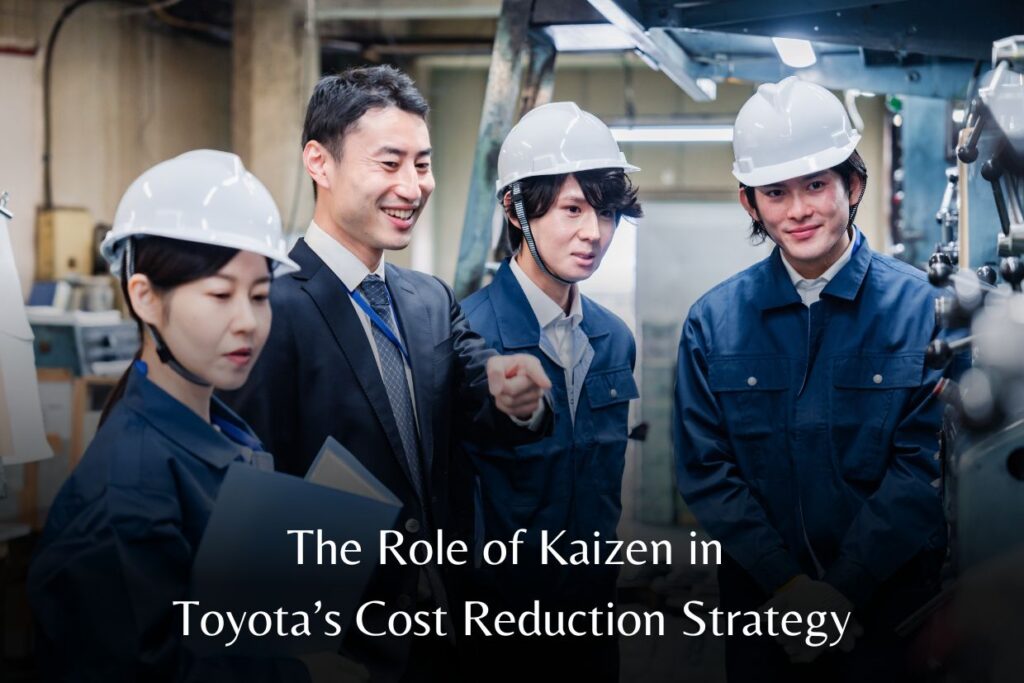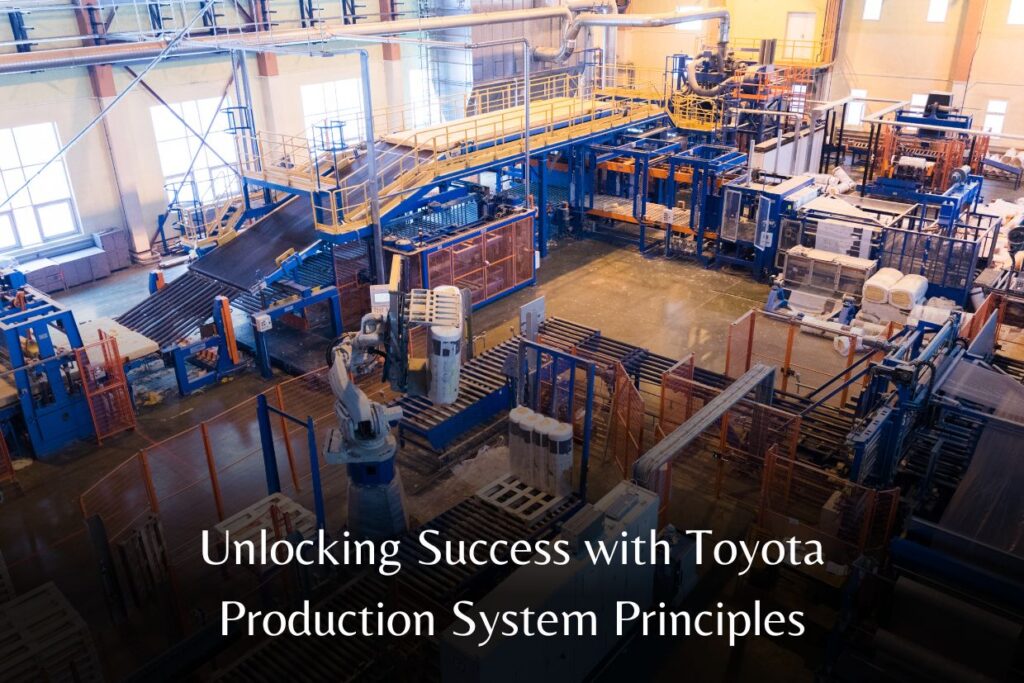How to Apply Lean Thinking to Improve Business Operations
Business success in the modern competitive environment requires companies to prioritise efficiency as their basic operational requirement. The Industrial Revolution took place because of Lean Thinking, which transformed the Toyota Production System (TPS). The resource-constrained environment of post-war Japan prompted Toyota to develop TPS as a creation that enhanced value and reduced waste. The fundamental […]
How to Apply Lean Thinking to Improve Business Operations Read More »










